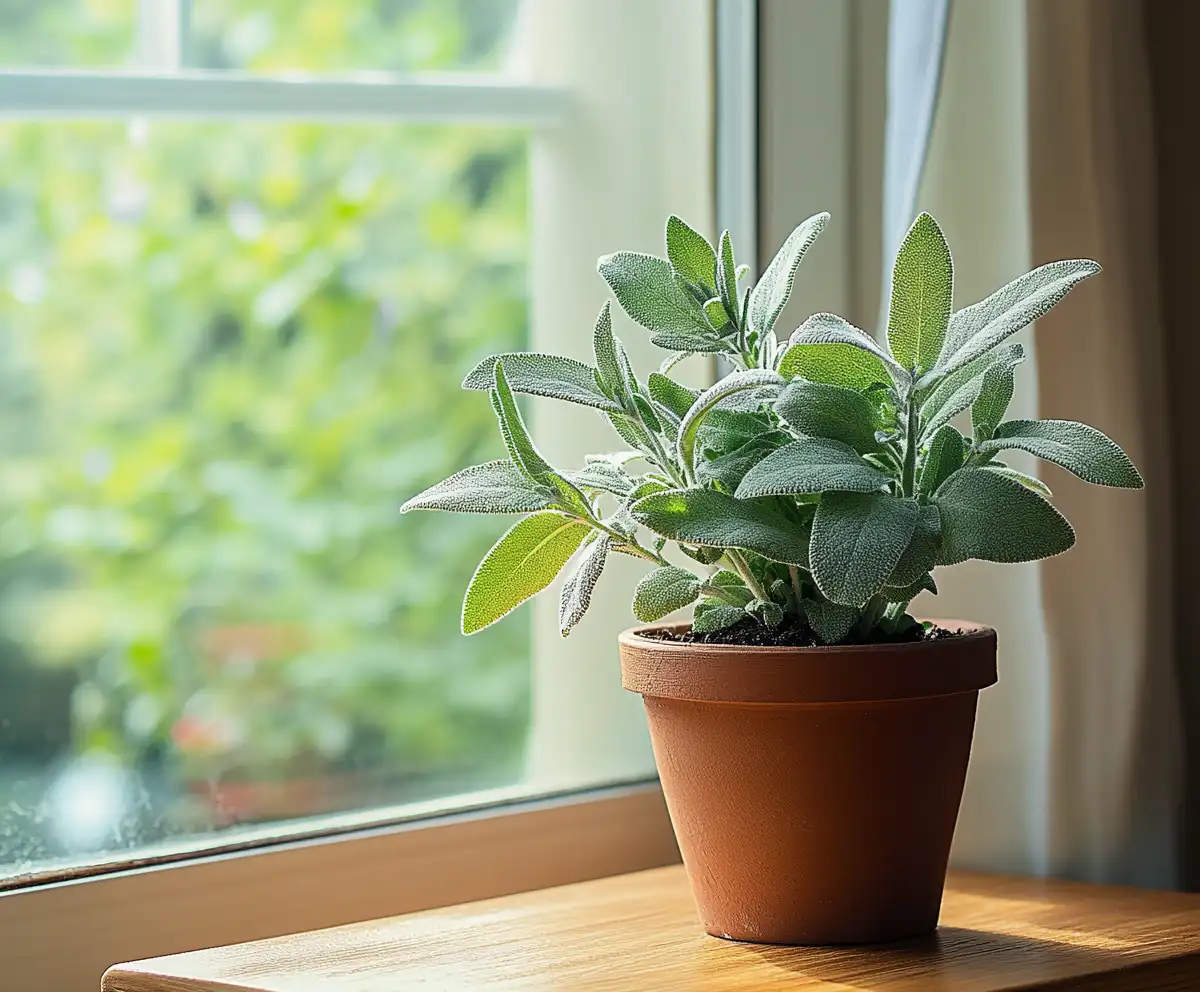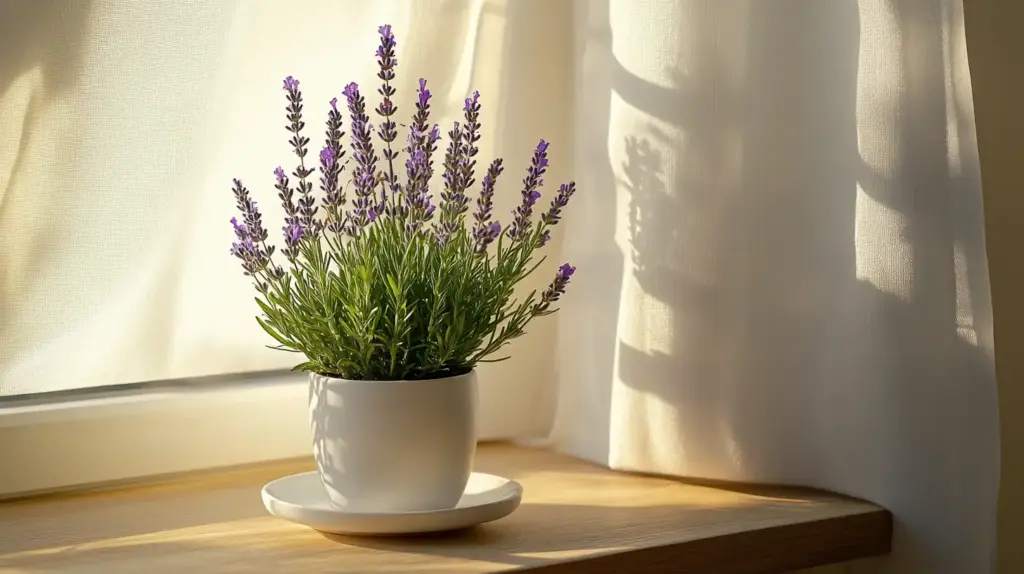Plants to repel flies outdoors are a natural, eco-friendly way to keep your patio , garden , or backyard free from buzzing pests. By strategically placing these aromatic and insect-deterring species, you create barriers that flies instinctively avoid. Not only do these plants add color and fragrance to outdoor spaces, but many—like lavender and basil—also serve culinary or medicinal purposes, making them practical additions to any garden. Below, discover twelve top choices—from classic herbs to unique carnivorous varieties—that effectively deter flies without the need for chemical sprays.
🌿 Love gardening inspiration? Follow me on Pinterest for bold plant ideas, tips, and seasonal color!
Table of Contents
Top Plants That Repel Flies Outdoors
1. Lavender
Lavender is prized for its beautiful purple blooms and strong, sweet fragrance. The linalool and camphor in lavender oil disrupt a fly’s sense of smell, prompting them to steer clear.
- Growing conditions: Full sun, well-drained soil.
- Planting tip: Space plants about 1 to 2 feet apart to ensure good air circulation and strong oil production.
- Maintenance: Prune after flowering to keep a compact shape and encourage new growth.
2. Basil
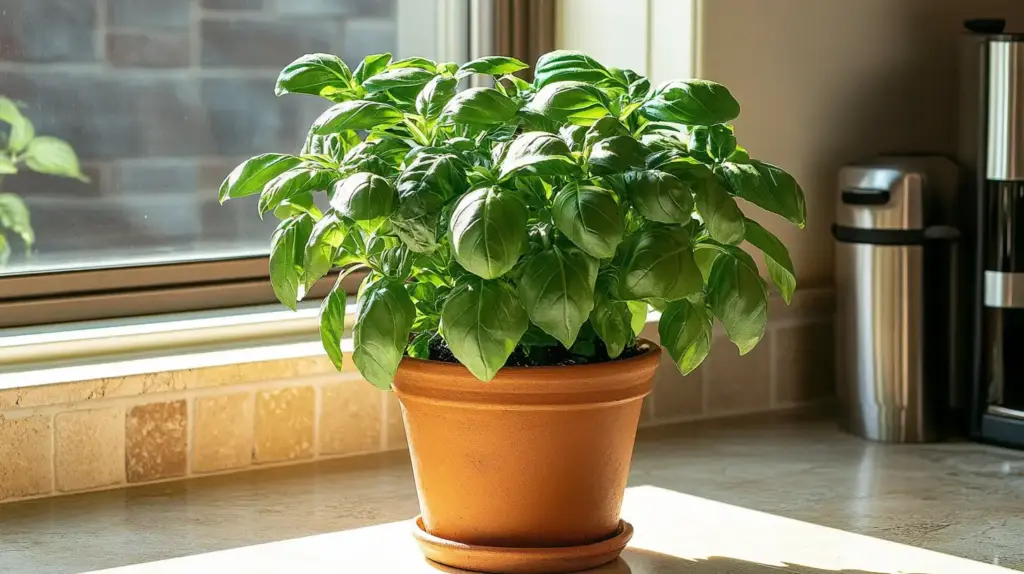
Basil emits eugenol and linalool—compounds that flies find repulsive. Its fresh, peppery scent makes it a dual-purpose herb for both cooking and pest control.
- Growing conditions: 6–8 hours of sun daily, moist but well-drained soil.
- Planting tip: Place pots or clusters near outdoor dining areas to intercept flies before they land.
- Maintenance: Regularly pinch off flower buds to promote bushier foliage and higher essential oil content.
3. Mint
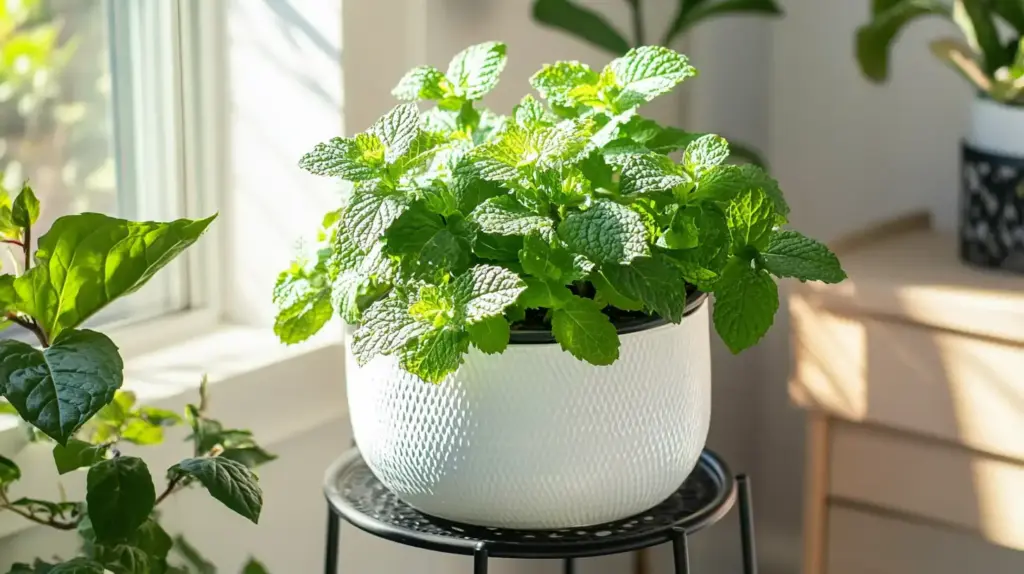
Both spearmint and peppermint contain menthol and limonene, which overwhelm a fly’s olfactory receptors. The intense scent acts as a barrier, discouraging them from lingering.
- Growing conditions: Partial shade to full sun, rich soil with consistent moisture.
- Planting tip: Grow mint in containers to prevent it from overtaking garden beds.
- Maintenance: Harvest stems throughout the season, crushing leaves when needed to release extra oils.
4. Rosemary
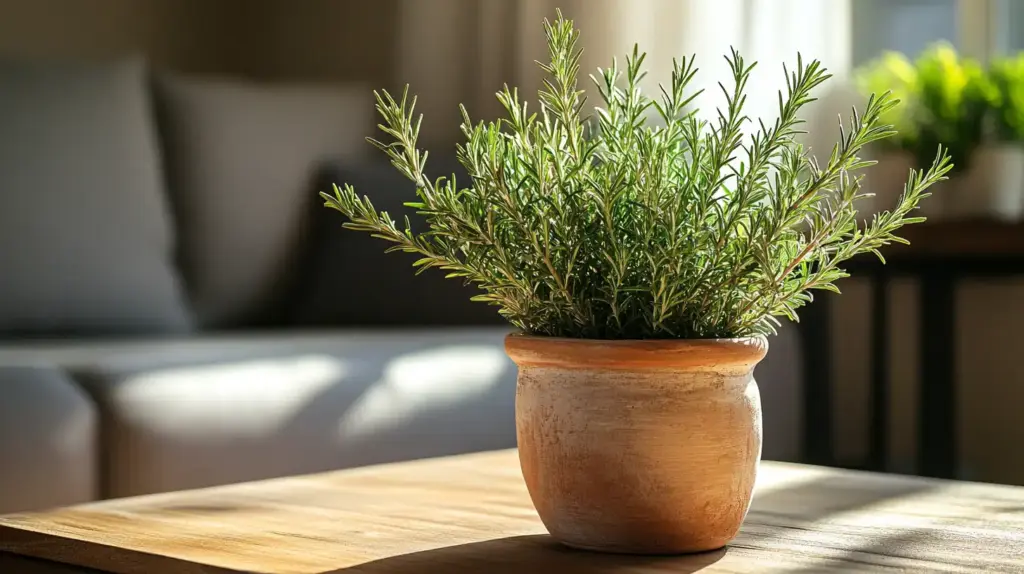
Rosemary’s camphor-rich aroma makes it a favorite for repelling flies, mosquitoes, and other insects. It combines culinary use with pest control, offering fragrant foliage and attractive, needle-like leaves.
- Growing conditions: Full sun, sandy or loamy soil with excellent drainage.
- Planting tip: Place rosemary shrubs or pots around seating areas and pathways.
- Maintenance: Prune lightly after flowering to maintain shape and encourage new shoots.
5. Marigold
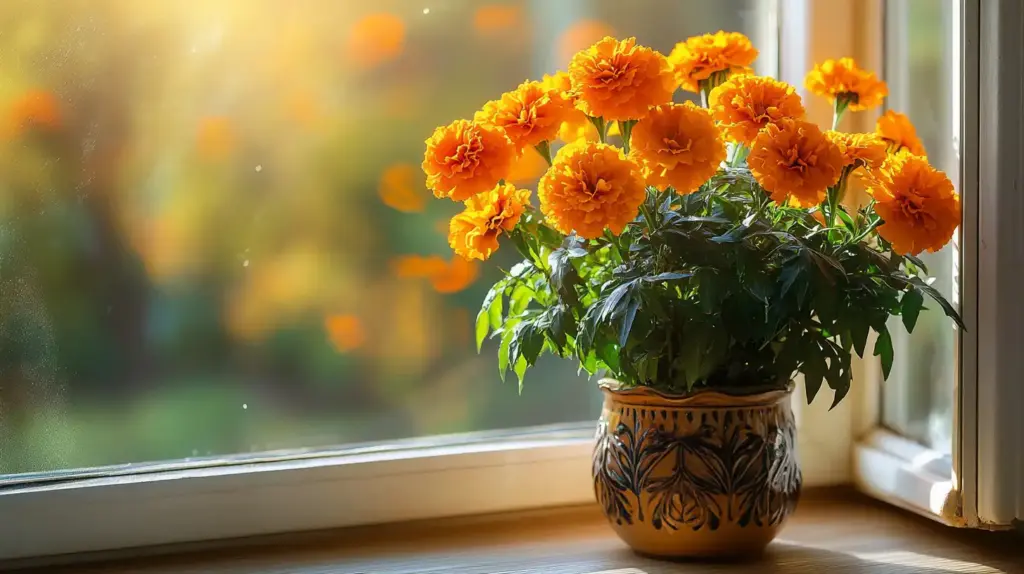
Marigolds produce pyrethrins—natural insecticidal compounds that deter flies, aphids, and other garden pests. Their bright orange and yellow flowers also serve as a visual warning, signaling an unfavorable habitat for insects.
- Growing conditions: Full sun to partial shade, average garden soil.
- Planting tip: Plant marigolds along borders or in containers near entry points to create a repellent perimeter.
- Maintenance: Deadhead spent blooms every one to two weeks to extend flowering and maximize pyrethrin production.
6. Catnip
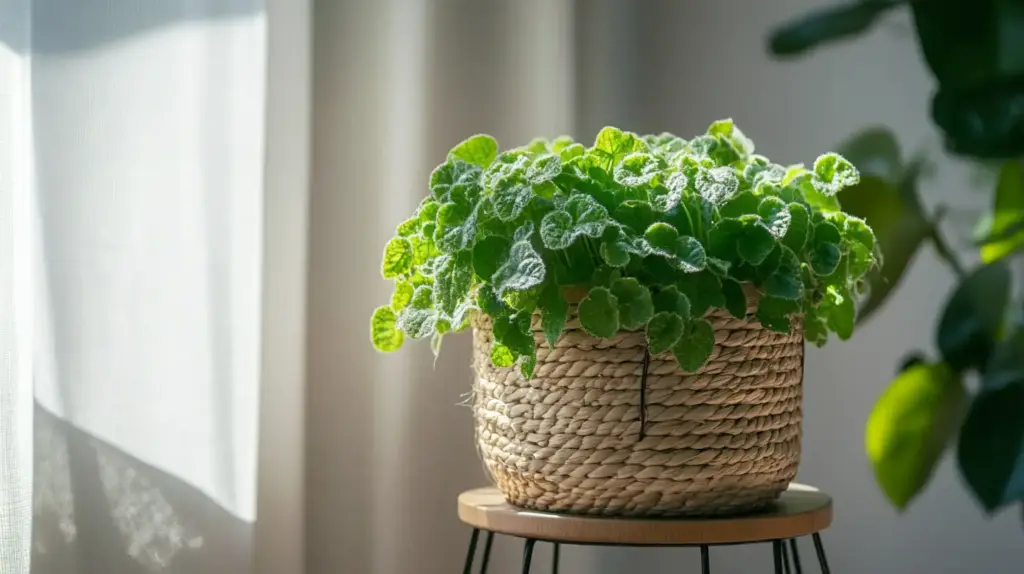
Catnip contains nepetalactone, a potent compound that effectively repels flies and mosquitoes. While it attracts cats, the strong aroma is off-putting to many flying insects.
- Growing conditions: Full sun to partial shade, well-drained soil.
- Planting tip: Plant catnip in areas where flies commonly gather (e.g., near trash bins or compost piles).
- Maintenance: Harvest leaves before flowering to capture peak nepetalactone levels; cut back plants after blooms fade.
7. Lemon Balm
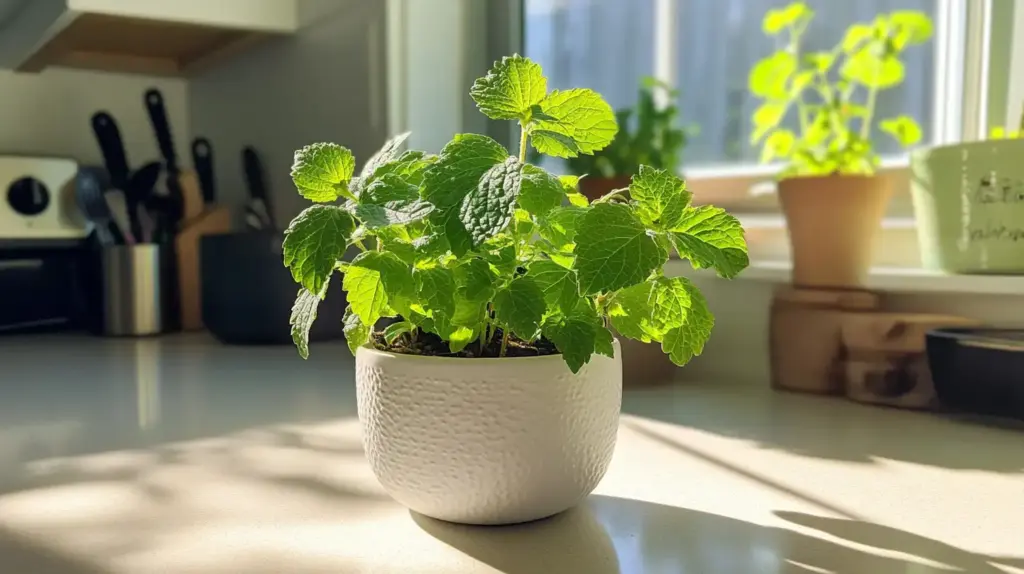
Lemon balm’s citrusy scent comes from monoterpenes like citronellal and geraniol, both of which flies avoid. Its bright green leaves and subtle lemon fragrance also make it a lovely groundcover or container plant.
- Growing conditions: Partial shade to full sun, moist but well-drained soil.
- Planting tip: Contain lemon balm in pots or raised beds to prevent aggressive self-seeding.
- Maintenance: Pinch off flower buds to encourage leafy growth and maintain a higher concentration of repellent oils.
8. Sage
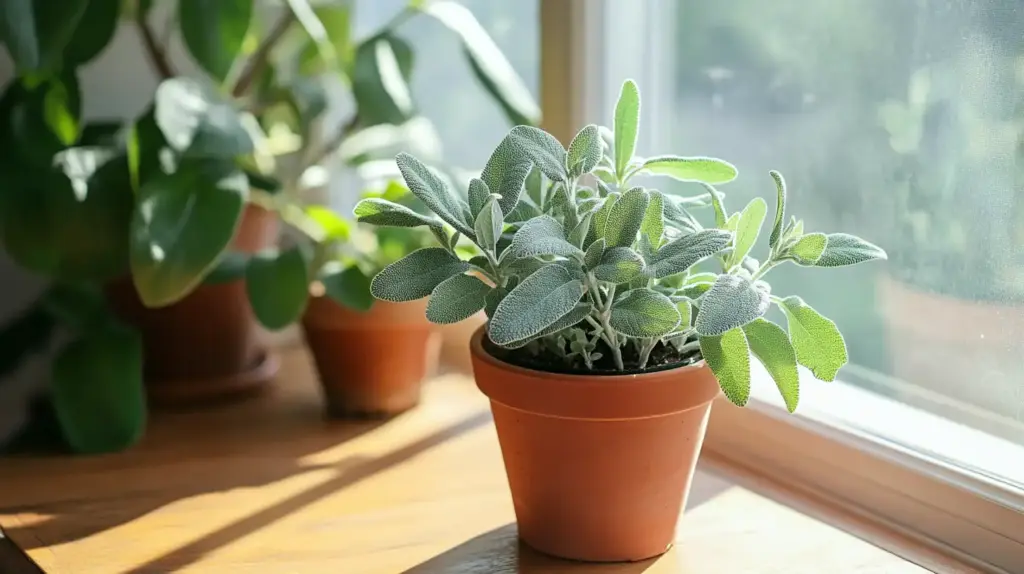
Garden sage offers thujone, camphor, and cineole—all strong odors that flies find unpleasant. It’s a hardy perennial that provides attractive silvery foliage and delicate blooms.
- Growing conditions: Full sun, sandy or rocky soil with excellent drainage.
- Planting tip: Interplant sage with other herbs like rosemary and lavender for a potent scented barrier.
- Maintenance: Harvest leaves throughout summer; trim after flowering to promote fresh, aromatic shoots.
9. Bay Laurel (Bay Leaf)
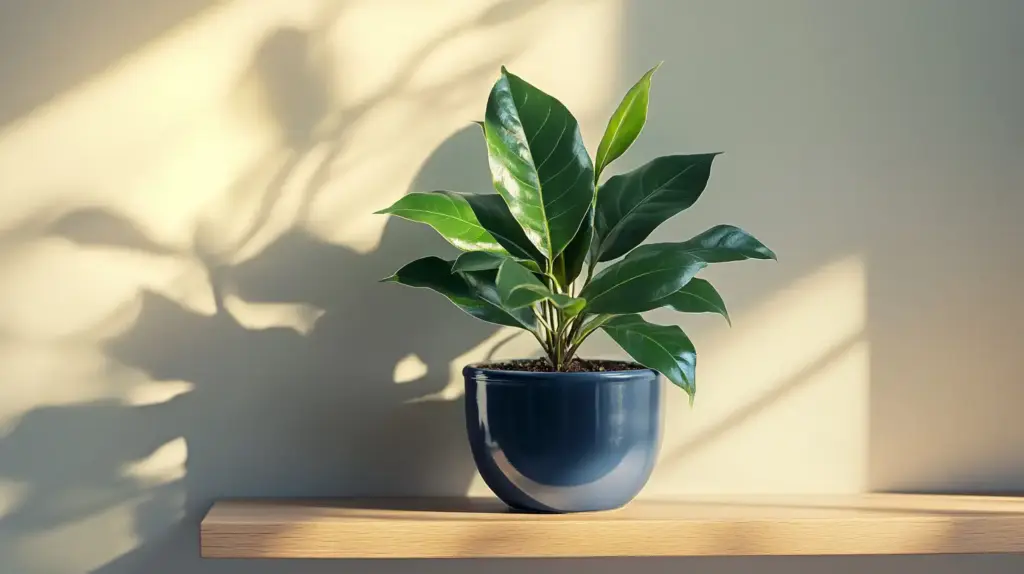
Bay laurel leaves release eucalyptol and eugenol when crushed, creating a scent barrier around patios and doorways. Its evergreen foliage also adds year-round greenery to container or in-ground plantings.
- Growing conditions: Full sun to partial shade, well-drained soil.
- Planting tip: Plant as a potted topiary or hedge near entrances to deter flies before they enter living spaces.
- Maintenance: Prune regularly to maintain size; use fresh or dried leaves in cooking for dual benefits.
10. Tansy
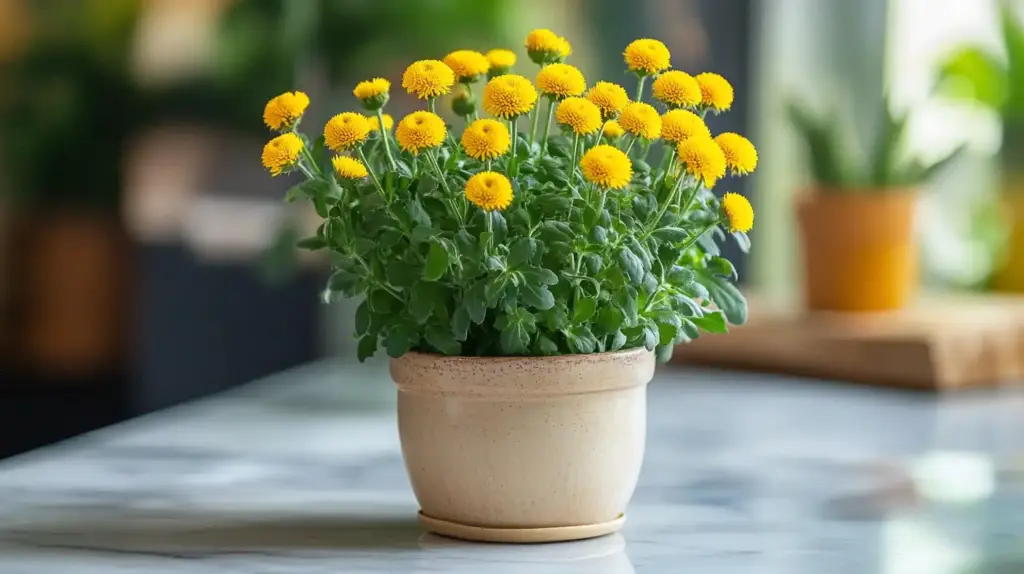
Tansy produces bitter, strong-scented compounds like thujone and camphor that flies avoid. Its bright yellow button-like flowers add visual interest to garden borders.
- Growing conditions: Full sun, average garden soil; tolerates poor conditions.
- Planting tip: Grow tansy in contained areas or fungicide-treated beds to moderate its aggressive spread.
- Maintenance: Remove spent flower heads to prevent excessive self-seeding; divide clumps every few years to keep plants vigorous.
11. Citronella (Lemongrass)
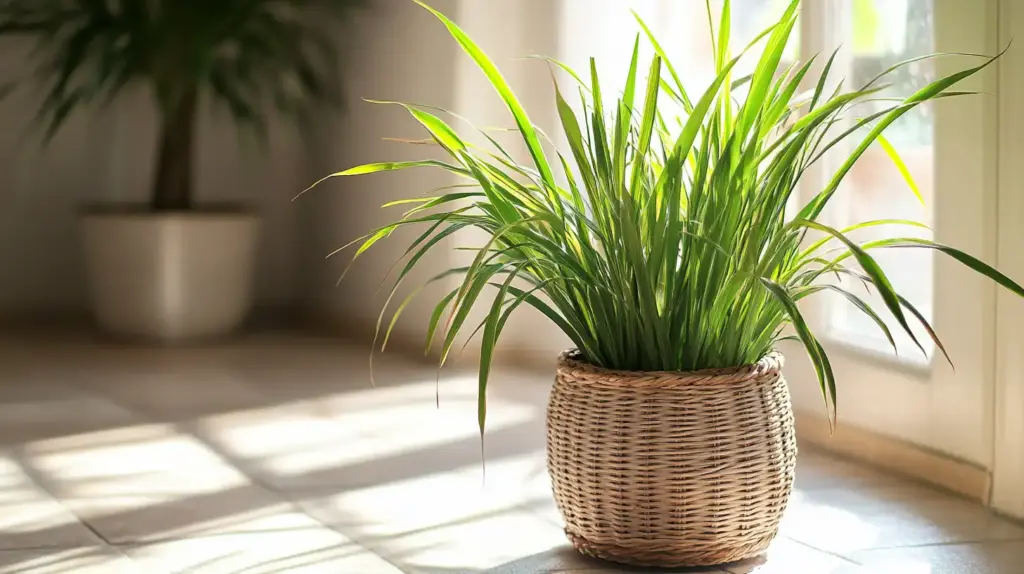
Citronella grass is renowned for its citronellal content, which masks the scents that attract flies and mosquitoes. Its tall, feathery plumes and citrusy aroma make it a popular choice for patio pots.
- Growing conditions: Full sun, rich, moist soil; frost-tender in cooler zones (grow in containers for winter).
- Planting tip: Position multiple containers around seating areas; crush leaves against surfaces to release extra oils.
- Maintenance: Trim back dead foliage in early spring; divide large clumps every two to three years for renewed growth.
12. Carnivorous Plants (Pitcher Plants, Venus Flytraps)
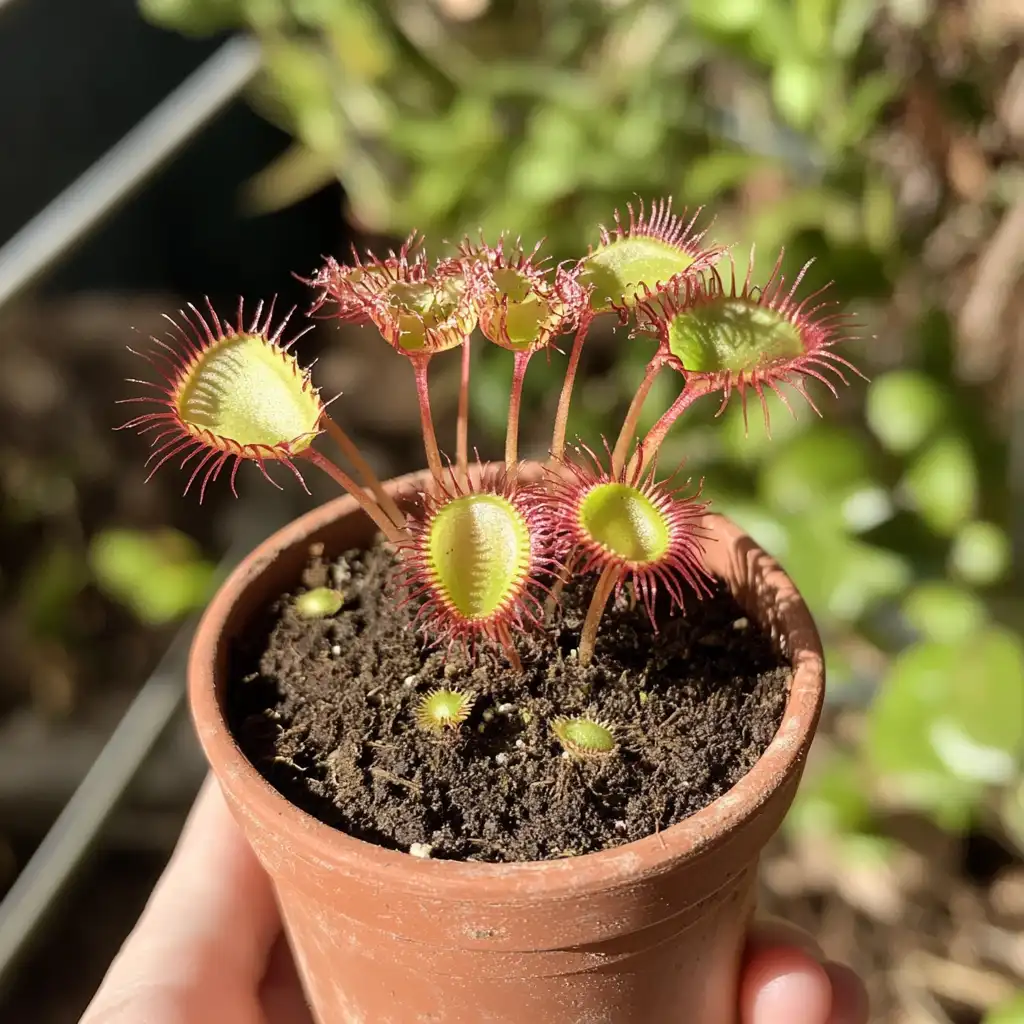
Carnivorous species like pitcher plants and Venus flytraps physically trap flies, adding a novelty factor to your fly-control strategy. They thrive in specialized conditions and serve as living flytraps.
- Growing conditions (Pitcher plants): Full sun to partial shade, acidic, boggy soil; consistently moist conditions.
- Growing conditions (Venus flytrap): Bright sunlight, acidic peat-based mix, high humidity.
- Planting tip: Place carnivorous plants near shady, damp corners where flies tend to linger; ensure proper humidity and drainage.
- Maintenance: Use rainwater or distilled water to avoid mineral buildup; remove dead traps to encourage new ones.
Conclusion
Incorporating these twelve plants to repel flies outdoors creates a layered, natural defense that blends beauty with functionality.
From fragrant herbs like lavender, basil, and mint to flowering deterrents such as marigolds and tansy, each species contributes unique volatile compounds that flies instinctively avoid.
Citronella grass and bay laurel offer powerful aromatic barriers, while carnivorous plants provide a hygienic way to physically capture flies.
By planting a mix of these low-maintenance, fly-repelling varieties in containers or garden beds around seating areas, entryways, and compost bins, you’ll enjoy an insect-reduced environment without relying on chemical controls.
Choose the right combination for your sun exposure and space. Maintain healthy growth through regular pruning and harvesting, and savor a more comfortable, fly-free outdoor living space.
FAQ
How soon will I notice fewer flies after planting these repellent plants?
Results vary but you can often see a reduction in fly activity within 2–4 weeks. As the plants grow and produce volatile oils, their scents become stronger. Positioning mature herbs or flowering plants near key areas (patios, doorways) speeds up the effect.
How many plants should I use to repel flies effectively?
For small patios or seating areas, 3–5 pots of a single species (e.g., lavender or basil) usually creates a noticeable scent barrier. In larger gardens, intersperse repellent plants throughout borders and seating zones—aim for one plant every 2–3 feet for continuous coverage.
Can I combine different fly-repelling plants together?
Yes. Grouping complementary herbs (like lavender with marigold) amplifies their individual scents, creating a multi-layered deterrent. Just ensure each species’ sunlight and soil requirements align—place shade-tolerant lemon balm in less sunny spots and full-sun lovers (rosemary, marigold) where they’ll thrive.
Are these plants safe for pets and children?
Many herbs (lavender, basil, rosemary, sage) are pet-safe in moderation, but some—like tansy—can be toxic if ingested. Keep tansy and citronella out of reach or in hanging baskets. Carnivorous plants aren’t toxic but have specialized care needs. Always research each species and consult your veterinarian if you’re unsure.
Can I use cuttings or essential oils instead of live plants?
You can. Crush fresh leaves (mint, basil, lavender) and place sachets or sprigs around outdoor zones for short-term benefit. Essential oil sprays (steeped herbs in water) also work but require frequent reapplication. Live plants offer ongoing, low-maintenance protection and enhance your garden’s aesthetics.
How do I care for carnivorous plants used to trap flies?
Pitcher plants and Venus flytraps need consistently moist, acidic soil (peat-based mix) and high humidity. Use rainwater or distilled water only. Place them in partial sun (morning light, afternoon shade). Remove dead traps and avoid feeding them human food—flies and small insects are their ideal diet.
What maintenance is required for these fly-repelling plants?
Most herbs and flowers need regular pruning, deadheading, and harvesting. Pinch off basil and mint leaves to encourage bushier growth. Deadhead marigolds and lavender after blooms fade. Rosemary and sage benefit from light pruning to maintain shape. Check containers weekly for moisture—herbs prefer slightly moist, well-drained soil.
Will these plants still work in partial shade or cooler climates?
Some species (lemon balm, mint, catnip) tolerate partial shade and cooler temperatures. However, full-sun plants (lavender, rosemary, citronella) produce the most repellent oils in direct sunlight. In cooler or shadier spots, focus on shade-tolerant herbs and consider moving potted full-sun plants to sunnier areas during peak growing season.

